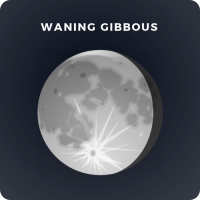The revolutionary James Webb Space Telescope has ushered in a new era of planetary exploration. Previously, the awe-inspiring images of Saturn and its moons captured by the Hubble Space Telescope were limited to visible light. Now, the James Webb Telescope invites us to observe Saturn in an entirely new light spectrum - the infrared.
The images obtained from both these powerful telescopes present a contrasting view of Saturn. Hubble's visible light observations highlighted the vibrant colors of Saturn's atmosphere, albeit with darker, less distinct rings. James Webb's infrared observations, on the contrary, present a fascinating inverse. The rings of Saturn, once subdued in Hubble's images, now radiate brightly, while the planet itself appears to be more subdued and uniform in color.
The key to these contrasting images lies in the science of wavelength observation. When viewed in infrared, the methane in Saturn's atmosphere absorbs nearly all incident solar radiation, rendering the planet's disc dark. In contrast, the rings are unaffected by this phenomenon and reflect sunlight, further amplified by their thermal emission falling within the infrared spectrum. This causes them to appear brighter than the planet itself.
In visible light, methane doesn't absorb solar radiation, allowing it to reflect back into space effectively. The rings also reflect sunlight, but their thermal radiation is invisible, unlike in the infrared. Consequently, the planet appears brighter than the rings.
These contrasting images from the James Webb and Hubble Telescopes underscore the significance of varying wavelengths in space observation, dramatically altering our perception of celestial bodies.
Accompanying this image are three of Saturn's moons - Dione at the top, Enceladus on the left, and Thetis at the bottom.
Image Credit: NASA/ESA JWST Webb Space Telescope.
You Might Also Like :


















1 commenti:
):
Post a Comment